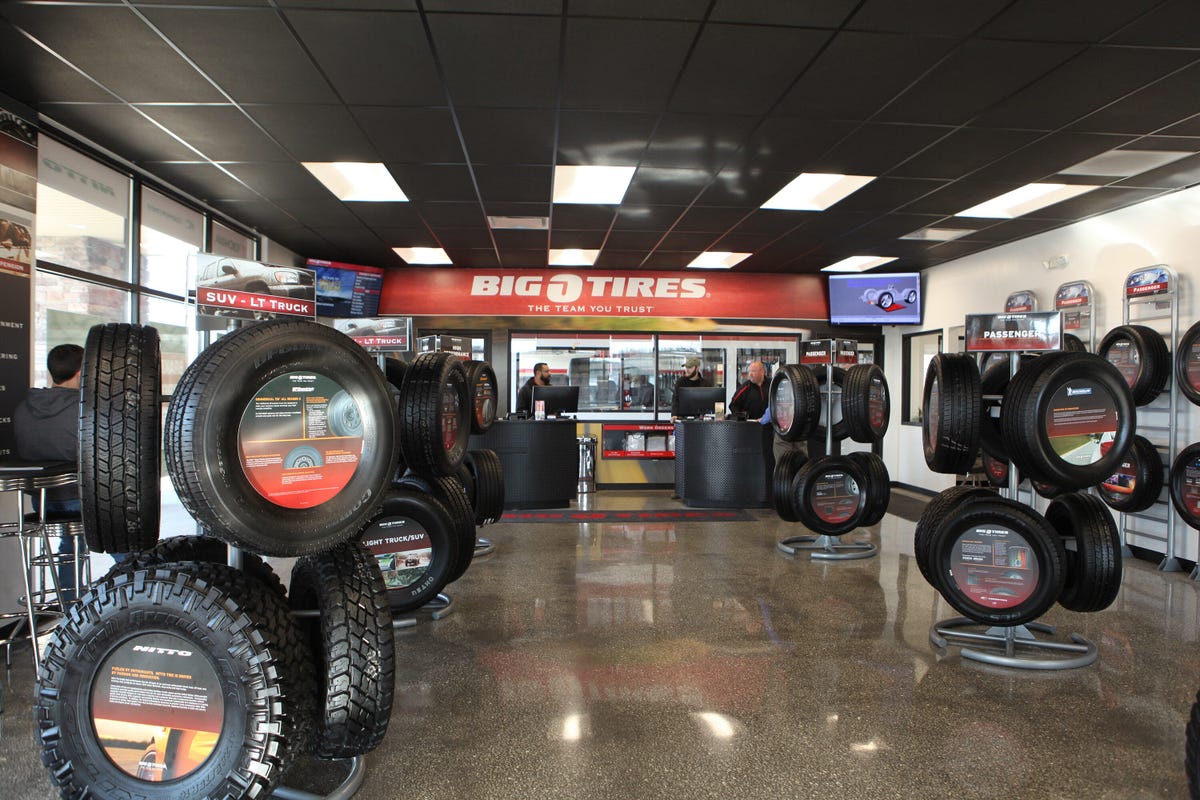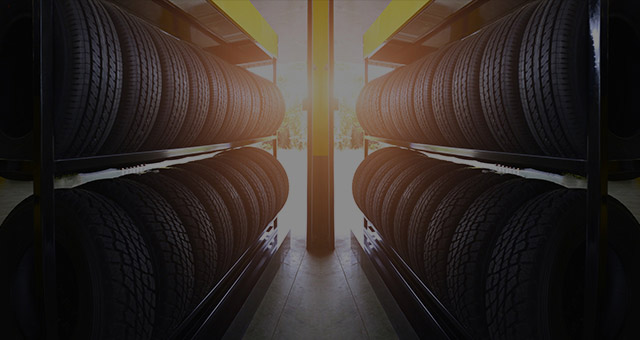Tire Solution: Understanding Tire Stress Monitoring Solutions
Comprehending Tire Pressure Monitoring Equipments (TPMS) is a critical facet of maintaining ideal car performance and safety on the road. With advancements in automotive innovation, TPMS has actually come to be a standard function in contemporary automobiles, giving real-time information on tire pressure levels.

Importance of TPMS
The relevance of Tire Stress Monitoring Solutions (TPMS) depends on their capability to improve vehicle security and performance through real-time monitoring of tire pressure degrees. Keeping the correct tire pressure is important for making sure optimal handling, braking, and overall safety of a car. TPMS supplies vehicle drivers with prompt feedback on any kind of underinflated or overinflated tires, allowing for timely modifications to be made.
Parts of TPMS
Making up various necessary elements, a Tire Pressure Tracking System (TPMS) functions as an innovative safety and security attribute in modern-day vehicles. The primary parts of a TPMS include sensing units, a control component, and a warning indication. Sensing units are generally situated in the tire valve stem or affixed to the wheel setting up, where they measure tire pressure and transfer information to the control module. The control module procedures this details and activates a caution if it detects substantially low stress in any of the tires. The caution indicator, usually an icon on the control panel, alerts the driver to check the afflicted tire or tires. Some progressed TPMS versions additionally show the real tire stress analyses for every tire, giving vehicle drivers with real-time details to guarantee optimum tire efficiency and security. By keeping an eye on tire stress continuously, TPMS helps prevent accidents, lowers tire wear, and improves fuel effectiveness, making it a critical component for lorry security and efficiency.
Kinds Of TPMS

On the other hand, indirect TPMS relies upon the car's wheel look what i found rate sensors to monitor tire stress. This system identifies underinflation by contrasting the rotational rates of the wheels. Indirect TPMS is less costly than direct TPMS, as it utilizes existing sensing units within the lorry.
While straight TPMS supplies extra accurate readings, indirect TPMS is easier in layout and generally requires less maintenance. Both systems have their advantages and constraints, and the option in between them often relies on elements such as expense, vehicle make, and personal choice. Comprehending the differences between these two sorts of TPMS can help automobile owners make educated decisions relating to tire maintenance and security.
TPMS Maintenance Tips
Conduct routine checks on the tire stress degrees and compare them with the TPMS readings to guarantee they are constant. Throughout tire rotation or substitute, make sure that the TPMS elements are handled thoroughly to stop any kind of possible damages. If the TPMS cautioning light brightens on the control panel, resolve the concern quickly by inspecting the tire pressures and the total system for any type of faults.
Advantages of Proper Tire Stress
Keeping appropriate tire stress, as highlighted in TPMS Upkeep Tips, is crucial for reaping the countless benefits linked with ideal tire stress degrees. Additionally, correct tire stress ensures even tire wear, prolonging the life-span of the tires and advertising safer driving problems. view website In verdict, the benefits of proper tire pressure go beyond simply tire long life; they include enhanced fuel efficiency, improved safety, much better car efficiency, and total driving convenience.
Verdict
To conclude, comprehending tire pressure tracking systems (TPMS) is important for keeping optimal tire stress and ensuring automobile safety and security. By acknowledging the value of TPMS, recognizing with its components, recognizing the various kinds readily available, sticking to correct maintenance tips, and understanding the benefits of preserving correct tire stress, chauffeurs can improve their driving experience and prolong the life-span of their tires. Appropriate tire stress is key to efficient and risk-free car operation.
